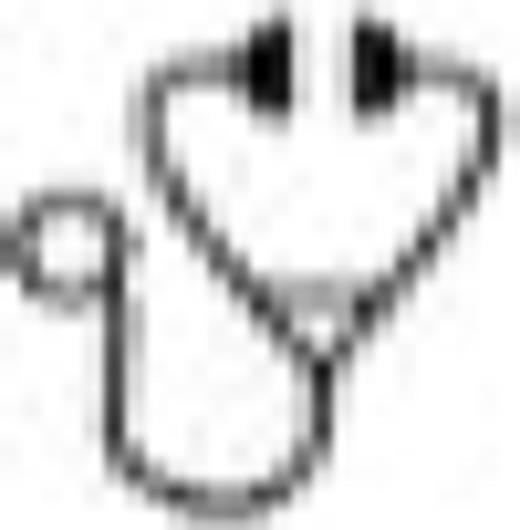Abstract

Thrombotic thombocytopenic purpura (TTP) is characterized by a reduction in the von Willebrand cleavage protein ADAMTS-13, caused mainly by autoimmunity. Plasmapheresis is the standard of care achieving complete remission (CR) in 77-83% of cases but figures are variable depending on clinical context and ADAMTS-13 activity. Relapse is frequent in patients with <10% ADAMTS-13, and has been reported in 34-41% of cases. In most of these patients, an inhibitor against ADAMS-13 is detected thus, an effective frontline immunosuppressive treatment is needed to prevent relapses. Originally rituximab was used as a 2nd line therapy in patients with relapsed and refractory TTP aiding to achieve CR and to reduce relapse rates. The assumption that B cell population may be smaller in patients with autoimmune diseases than in neoplasia supported low-dose rituximab use and therefore, we administered plasmapheresis and low-dose rituximab as frontline therapy in 11 patients with a first TTP episode.
Newly diagnosed TTP Patients >15 years received plasmapheresis with 1-2 exchanges daily until CR and rituximab 100 mg/dose/week for 4 consecutive weeks, starting the 1st dose immediately after the 2nd or 3rd plasma exchange. Relapse was defined as readmission with thrombocytopenia (< 100 × 109/L), schistocytes in peripheral blood, and ADAMTS-13 <10% after discharge.
Between March 2011-March 2015, eleven patients were included; three men (27%) and eight women (73%), median age was 34 years (15-46). The median follow-up is 22 months (range 4-49) and for patients evaluable for ADAMTS-13 activity (n=8) 18 months (range 4-34). Two patients had seizures and mucocutaneous bleeding, 7 numbness, confusion and petechiae and 2 severe headache. Only 2 patients had renal damage at diagnosis (creatinine>1.2). Five patients had additional comorbidities (two diabetes mellitus, two HIV positive and one hypothyroidism)
Median laboratory parameters at diagnosis: platelets 11 X 10⁹/L (range 7-27.4 X 10⁹/L), LDH 1822 U/L (range 705-8220 U/L, normal 70-180 U/L), hemoglobin 6 g/dL (range 4.2-11.8 g/dL). ADAMTS-13 activity was determined in 8 patients at diagnosis and in all of them was <10% (normal 40-130%). ADAMTS-13 autoantibody titer was determined in 7 patients and in all of them was >18 units/ml (ref: negative <12, undetermined 12-15, positive > 15 units/ml), shigella toxin was negative in all patients. The median number of plasmapheresis exchanges until CR was 7 (range 4-12)andprednisone at 1 mg/kg was administered to 6 patients.
The estimated two-year relapse-free survival was 90%. One HIV+ patient suffered a relapse at 8 months follow-up. A high antibody titer against ADAMTS-13 was detected at relapse with no ADAMTS-13 activity and the patient was retreated with plasmapheresis (3 exchanges) and low-dose rituximab as described and has been in CR for 4 months. There were no complications related to plasmapheresis or rituximab infusion.
According to our results low-dose rituximab and plasma exchange are effective in achieving rapid and sustained response in TTP. Of note, the median of plasmapheresis needed to CR (7, range 4-12) was lower than that reported for patients with <10% ADAMTS-13 activity (19 procedures) (Kremer Hovinga JA et al Blood 2010). In our series, median follow-up for patients evaluable for severe ADAMTS-13 deficiency was 18 months, and only one HIV-positive patient relapsed at the 8th month. Our study suggest that frontline low-dose rituximab and plasmapheresis are effective as frontline treatment for TTP. This combination is associated with relatively rapid response and low relapse rate in previously untreated patients, however, a prospective clinical trial is needed to effectively demonstrate if rituximab 100 mg x 4 weekly dose is as effective as the conventional 375 mg/m2 X 4 weekly dose.
Off Label Use: Rituximab an anti CD monoclonal antibody is used in our work to deplete B cell population therefore stop the production of autoatibodies against ADAMTS-13.
Author notes
Asterisk with author names denotes non-ASH members.

This icon denotes a clinically relevant abstract

This feature is available to Subscribers Only
Sign In or Create an Account Close Modal